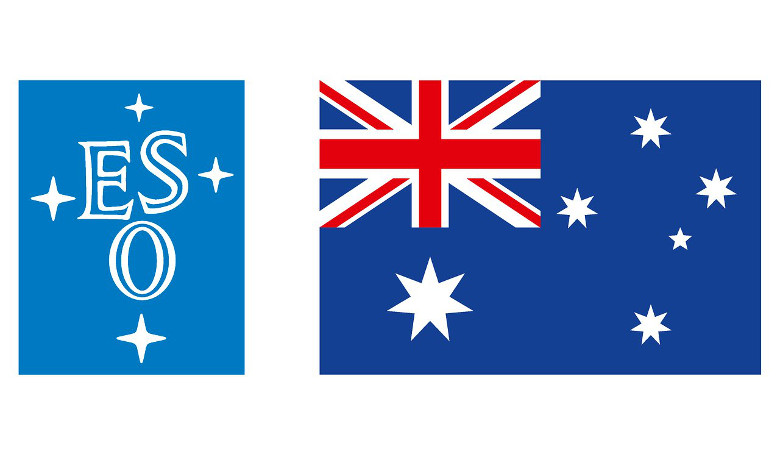In its recent budget announcement, the Australian government voiced its intentions to open negotiations with the European Southern Observatory (ESO) on a strategic partnership that would see Australia participate in all activities related to the La Silla Paranal Observatory from 2018.
Discussing the budget, the Australian Minister for Industry, Innovation and Science, Senator Arthur Sinodinos said Australia would commit $26.1 million to enable the partnership with ESO, thus “maintaining Australia’s world-renowned optical astronomical research and instrumentation capabilities, including an ongoing average annual indexed commitment of $12 million to 2027-28.”
The need for long-term partnerships with eight-metre-class optical/infrared telescopes was noted by the Australian government in its Decadal Plan for Australian Astronomy, 2016–2025. Although the partnership has yet to receive the approval of the ESO Council, such a collaboration raises the possibility of many exciting opportunities between both parties, while offering Australia’s astronomers long-term access to front-line astronomical facilities.
The announcement of the intended partnership follows many years of informal discussions between Australia and ESO and ESO’s Director General, Tim de Zeeuw, explained the significance of this decision. “The ESO community is well aware of Australia’s outstanding instrumentation capability, including advanced adaptive optics and fibre-optic technology. Australia’s expertise is ideally matched to ESO’s instrumentation programme, and ESO Member State institutions would be excited to collaborate with Australian institutions and their industrial partners in consortia developing the next generation of instruments.”
“Australia would in turn gain access to industrial, instrumentation and scientific opportunities for the La Silla Paranal Observatory, in addition to participating in the related scientific and technical activities in the ESO community. And, most importantly, the potential richness of European-Australian scientific collaboration, would lead to astronomical discoveries that neither partner could achieve alone,” added Zeeuw.
At Paranal, ESO operates the Very Large Telescope and on Cerro Armazones, close to Paranal, ESO is building the 39-metre Extremely Large Telescope (ELT). At its first light in 2024 the ELT will become “the world’s biggest eye on the sky” and it will be able to provide images around 15 times sharper than those from the NASA/ESA Hubble Space Telescope at the same wavelength.











